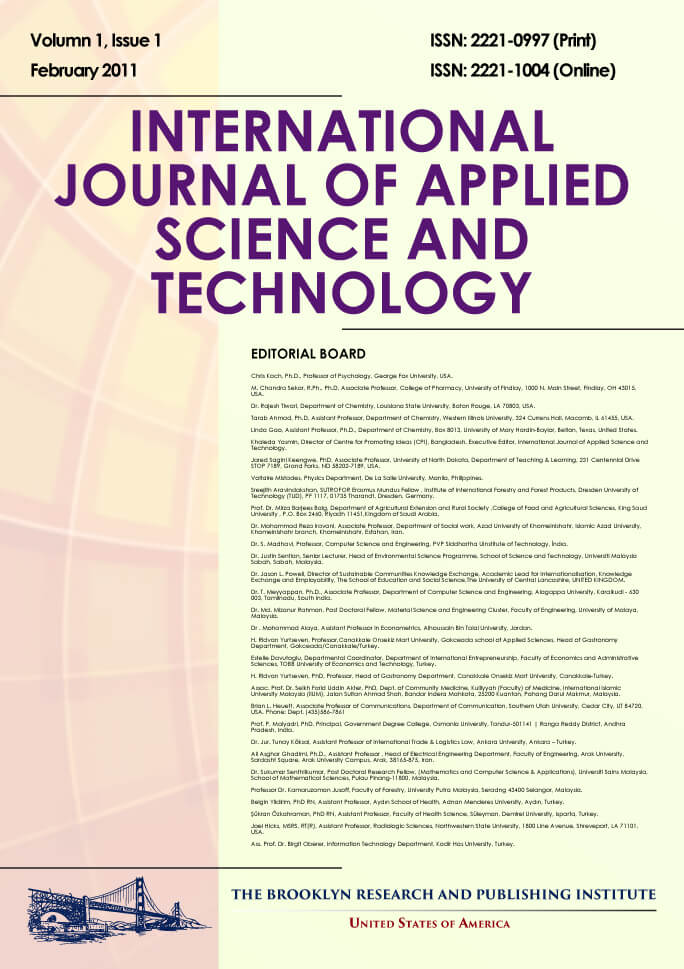Lactic Acid Production from Biomass: Prospect for Bioresidue Utilization in Ghana: Technological Review
Richard Bayitse
Abstract
The production of lactic acid from fossil fuel is now widely accepted as unsustainable due to depleting resources
and the accumulation of environmentally hazardous chemicals. Cheap raw material is one of the key inputs to
cost effective production of Lactic acid. This paper reviews current research in lactic acid fermentation
processes, bio-residue availability in Ghana and potential utilization for lactic acid production. Bio-renewable
residue has been widely studied and employed due to its abundance and cost. Various fermentation technologies
have been employed using fungi and lactic acid bacteria to generate different yields of lactic acid. Both starchy
and lignocellulosic biomass have been extensively used, however lignocellulosic biomass in Ghana is generated
in large volumes as crop residues and mostly considered waste although some amount is used as animal feed.
These crop residues are readily available as cheap raw materials for lactic acid production. Cereal crop residues
offer the highest potential for lactic acid production in Ghana. By employing appropriate fermentation processes
about 199,856 tonnes, 244,305 tonnes, 127,715 tonnes and 362,003 tonnes of lactic acid at 50 % utilization can
be generated from maize cobs, millet stalk, sorghum stalk and rice straw respectively for the international market.
Full Text: PDF
International Journal of Applied Science and Technology
ISSN 2221-0997 (Print), 2221-1004 (Online) 10.30845/ijast
Visitors Counter
6579265
| 7829 | |
| |
7148 |
| |
23543 |
| |
144294 |
| 6579265 | |
| 40 |

